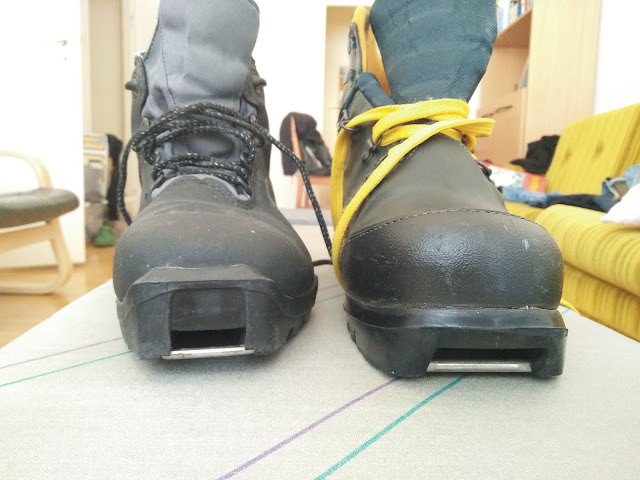- Conspiracy theory bent: why aren't they doing ____ (stuff like say "improving batteries" to what equates to 23kWh/kg)
- Crtical analysis failures: "Mum working at home solves problem that has eluded science"
- Failed Physics at school: "Making things faster" (like LANs sending data faster than light):
- Defeating thermodynamics : "how can I power my car from a 12M solar pannel (and why aren't we all using EV's {when I'm not})"
you know, stuff like that.
Stuff that is way easier to propose than it is to explain why its "not happening any time soon".
My Mum used to say:
"Well you know what "Thought did?", he stuck a feather in the ground and thought he'd grow a chicken"
whenever (as a child) I said "but I thought...".
So I call ignorant and silly people asking stupid questions and making unfounded assertions the Chicken from a Feather Problem.
So I call ignorant and silly people asking stupid questions and making unfounded assertions the Chicken from a Feather Problem.
Its where the proposal of the problem is rooted in a total lack of grasp of the way things work (you know, that useless stuff like Physics and Chemistry these people failed at school {because they were busy flirting or just had the brain of a Budgerigar ...}).
This of course makes explaining it virtually impossible because the person just does not have the intellectual foundations upon which to lay out the answer (and ya know, like ... TLDR). Its akin to laying bricks on a lake. The second you place one on (what seems to be a flat surface) its gone the moment you release it. This model holds true even on a frozen lake because in a while (like by spring) the lake will thaw and the house will also sink from view.
Well I've come up with a proposal to attempt to explain the problem (at least to myself) which is based on the works of Dunning & Kruger published in 1999 called:
"Unskilled and Unaware of It: How Difficulties in Recognizing One's Own Incompetence Lead to Inflated Self-Assessments"
In this Dunning & Kruger postulate that (paraphrasing) people who are sufficiently stupid are unable to grasp that they are actually more stupid than even they can plumb the depths of, and mistakenly expect that you and them are "of equal capacity" ... youtube is filled with examples if you look for "stupid workers" or "idiots at work" (for instance). Their study of the "invisible ink" robber is just worth reading.
I think its fair to say that "The Dunning Kruger Effect" has entered "modern parlance" ...
explanation:
Getting back to the Chicken Feather Problem I feel that the answer lies in the inverse of the Dunning Kruger effect.This is where the thought processes of someone who is sufficiently stupid are literally incomprehensible to someone of sufficient intelligence.
I think it explains the problem well, for example if someone stupid (from oh ... say the USA) was travelling in China, when speaking to someone (who doesn't speak English), will try to repeat the question slower and louder (all the while growing impatient with the person for not understanding).
To you and I would it would seem an absurd and tragic comedy, but to the person with DK syndrome is perplexing. (well OK, that's probably a bad example, because the full on thickwits in the USA don't usually have passports (and probably voted Trump)).
We see the failure of ourselves to grasp the stupidity (perhaps in disbelief) when we begin explaining to them why a feather can not grow a chicken ... perhaps going back to basic biology, and then as they serially fail to grasp anything, we attempt to go to first principles (which they also fail to grasp). It leads to our exasperation and probably only deepens the resolve of the moron involved that they are right and its all a "Deep State" cover-up.
Thus we were unable to comprehend the thought processes of the stupid : or Dunning Kruger -1
It is my hope that by reading this you'll be able to have more satisfying experiences on Facebook by recognizing early "the Chicken from Feather Problem" and when it arises know that engaging with someone like that is just never going to work out well for either of you because you're both unable to understand each other... despite having a common language.
So let them plant that feather ... and offer the olive branch it grew.
























